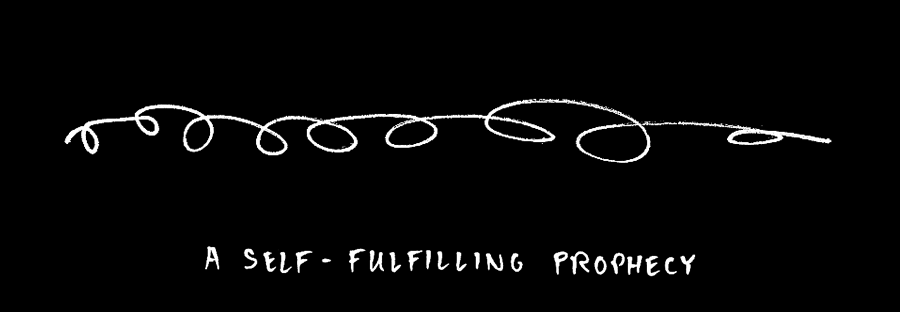What ends up happening in the world — on a very large scale — has a lot to do with what people believe will happen.
Because of network effects, if enough people start to believe in a particular outcome, their subconscious will start to shape their actions, and something like that outcome will end up emerging. That’s why it’s so important to put forth beautiful (and believable) visions of how the world can be. Conversely, that’s why fear-mongering, cynicism, and hopelessness are so dangerously toxic.
The future is a self-fulfilling prophecy.
At the moment, the negative visions seem to be winning. They are well-funded and profitable, and you see them every time you open a newspaper, turn on cable news, or visit certain websites. They greet you with sensationalism and proclamations by pundits on the right and the left about how awful people are, how bleak the future is, and how scared we all should be. This is bad medicine — it keeps people weak, afraid, and addicted. These messages are powerful, but they are also lies, and we do not need to believe them.
The future is ours to imagine. It’s up to us to put forth visions of how things are and could be. The more beautiful and believable our visions can be, the better chance they’ll have at succeeding.
The bad medicine is strong and corrupting, for it can make companies and the people who run them incredibly rich. But it’s so important not to add addictive experiences into the world. As software engineers, we need to realize we are really social engineers, and that the software we design, if it becomes successful, will have far-reaching impact on human behavior at the species level.
Try to make good medicine.

